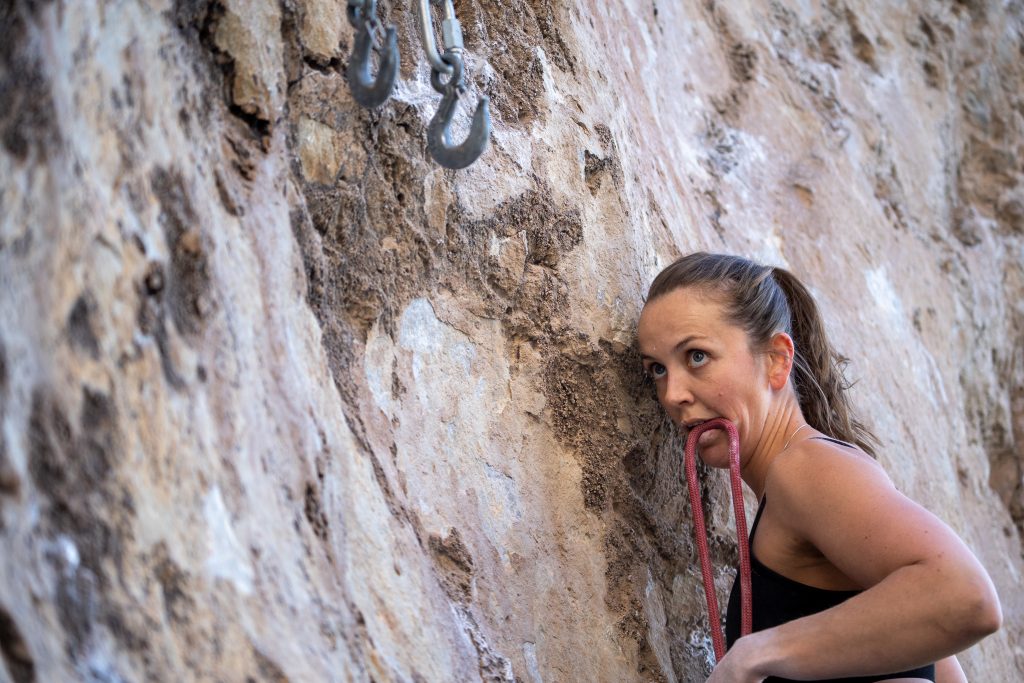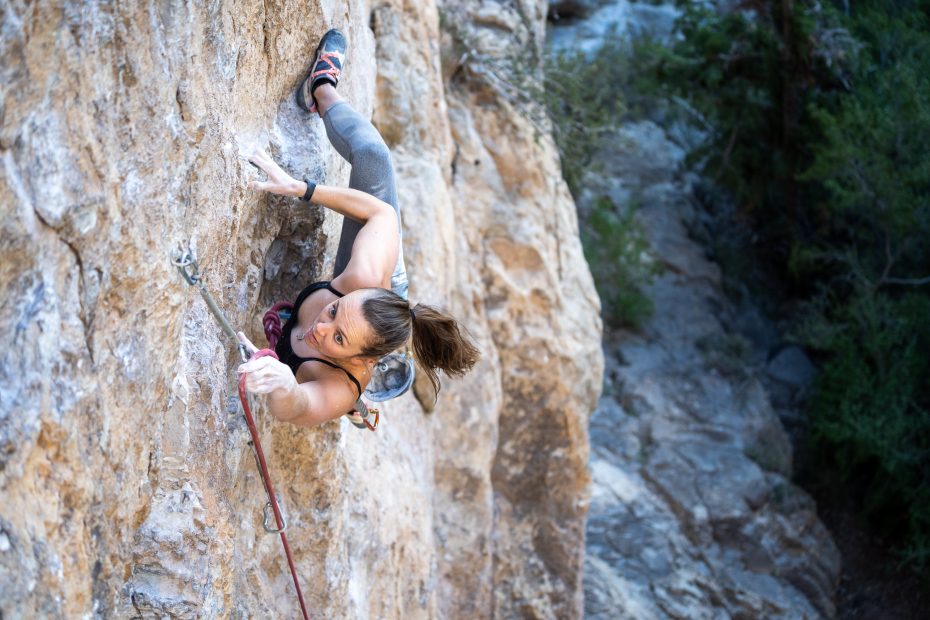Let’s start this one with an example. Do you remember taking science in school? What you would be taught about, say, electrons at age 13 is very different from what you would be taught about electrons at age 15 – and at age 18.
At age 13, your curriculum will probably want you to have some very basic understanding of what they are. You’ll get taught that electrons are part of what makes up an atom – along with protons and neutrons – and that they have a negative charge.
Sorry for the science talk, but bear with – I’m getting to the point!
At age 15, you might learn that electrons are arranged into “shells”: mini orbits about the center of an atom. You’ll learn the rules of how many electrons can be in each shell: the first can hold two, the second can hold eight, and so on.
Then, at age 18, you’ll learn that these shells have subshells. You’ll start writing things like 1s22s22p4 for the electron configuration of oxygen, and you’ll look fondly back at the days when you learned about those negatively charged things called electrons.
Here’s how this relates to climbing
The first thing you learned wasn’t wrong. It was just extremely simplified to allow you to grasp the basic concept first before going into all the nuance. There’s no use talking about p orbitals to somebody who doesn’t know what an electron is. And that’s exactly what happens in climbing. Only, we often aren’t taught the refined version two years later – and then again in another three years. We’re mostly on our own to figure this shit out. And a lot of the time, we don’t even realize that there is shit to figure out.
Somebody once told us to never fall before the third bolt, and we took that as fact. But it’s not: it’s a complicated concept that depends on the situation. Here are some other over-simplified rules that are pretty common:
- Always keep the rope between you and the wall
- Use your legs more than your arms
- Belay with a “soft J” in the rope
- Don’t high clip

Climbing is infinitely complicated
For (almost) every rock climb, there are a number of different ways to complete it. Short people and tall people use different beta. Flexible people use high feet. Strong people campus. You get the point. Plus, there are millions of rock climbs (developed or otherwise) in the world – along with billions of people. The combinations are endless. So these one-size-fits-all rules don’t really make sense if you think about it.
The rules are created as starting points – and, often, for gym climbing. When you start climbing, there’s so much to learn. Just like electrons, rather than explaining all the intricacies of backstepping to a brand-new gym climber on vertical 5.9 routes, you might just teach them not to backstep by keeping the rope between themself and the wall.
And for climbing vertical routes in the gym, this makes total sense. But unlike electrons, then this can happen: the climber thinks they understand how backstepping works, only to go outside and backstep on a traversing vertical route, or a steep jug haul. Always keep the rope between me and the wall right? No! Wrong. There is no “always” for backstepping, just as there is no “always” for climbing in general.
Holy shit did this take me forever to learn
I just didn’t realize that what I was being taught was an over-simplification, so I never questioned it as I got better. But, of course, you encounter more complicated situations as you climb more. Sometimes, the first bolt is really high – and the crux is between the second and third bolt. The fall is safe: the climber won’t deck. So… does “never fall before the third bolt” still apply? Nope.
- Sometimes, you should place your foot between the rope and the wall to avoid a backstep.
- Sometimes, you need to use your arms more than your legs. Campus moves, anybody?
- Sometimes, you should belay with less slack – or more – depending on the climber, the route, the fall path, and so on.
- Sometimes, high clipping is the safer option.
I think you see where I’m going here. Climbing isn’t one-dimensional, and its rules can’t be either. Most of us have some sort of instruction in the beginning, whether that be a friend taking you out or a “Lead 101” course at your gym. Just take what you learned with a grain of salt, and know that you probably don’t have the full story.
There are no absolutes, it always depends on the situation – and the more you can further your understanding of the sport (rather than carrying the rules around with you), the better. Take it from me, somebody who just learned how to actually not backstep.
Image credit: Ryman Wiemann
